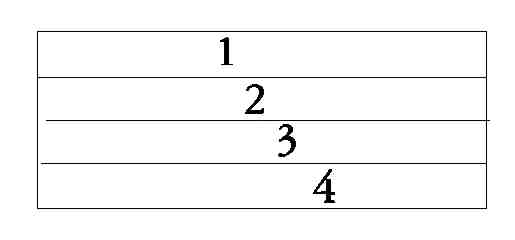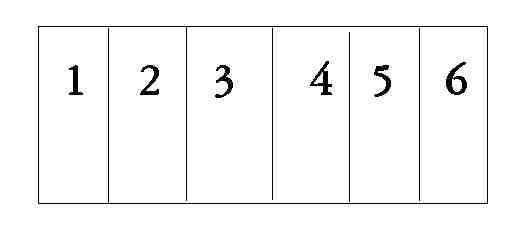Worm Food - Stuff We Usually Throw Away
Worm food comes in a wide variety of forms. Plant matter, protozoans, rotifers, nematodes, bacteria, fungi and decomposing remains of other animals are known to be their feedstock of choice.
Keep in mind that worms have no teeth, but they can swallow microscopic organisms and bits of decomposing foodstuff that those organisms and larger worm bin critters shred and chew.
For the manure worm, Eisenia foetida, there is strong evidence that protozoans form the basis of their diet. If this is true, it means successful culture requires that protozoan populations be high in the feedstock whether that worm food be shredded paper, manure or waste foods.
The first rule of feeding worms is that you start slowly. Remember, after the worms are introduced to the bedding, you should leave them there about a week before you add any feed. This allows them to acclimate to their new environment.
After that, depending on the amount of worms and food, feeding once a week or bi-weekly would be safe in a small bin. It's all about inspecting your bin to see how your herd is handling what you give it.
To keep track of the worm food placement, I've suggested 3 ways to divide your bin. For purposes here, I'm using a not-to-scale bin size of 1'x 2'. Any larger than than can be divided into 6 or more sections. The bin can be divided in 4 equal square sections, 3-4 horizontal sections or 3-6 vertical sections. Choosing one grid layout and staying with it can make for easier feeding.
Horizontal Row feeding

Vertical Column Feeding

Four-Corner Feeding

If the horizontal and vertical divisions are too restrictive, then by all means, reduce them to your situation.
Before adding more worm food, ALWAYS check the last area where feed was placed (this will be easy because you have covered it with some new bedding material. This will keep fruit flies, gnats and other unwanted vistors out.) If there's some left, come back in a few days and check again.
Keep in mind that just because you don't see any remnants of food, doesn't mean the worms have nothing left to eat. There's still plenty of microorganisms for them to devour. Overfeeding can be your worst enemy.
Fresh root vegetables such as potatoes, carrots, rutabagas, taro, beets, jicama and winter squash should be cut up into small pieces or blended up to a pulp (not too soupy). The more exposed surface area , the faster the microbes will break down the food scraps, the faster your herd will consume it.
Suitable Feedstock
Most produce waste such as tomatoes (if you don't mind all the seedlings you will have in your finished compost), cucumbers, lettuce, corn, beans, bell peppers, avocadoes and most fruits(exceptions below) just to name a few.
Most food scrapes or kitchen waste (see below for unsuitable items).
Breads and grains (oatmeal, cream of wheat, cooked rice, etc.)
Coffee grounds with filters
Teabags
Spoiled veggie-based leftovers.
Spent cut flowers, chopped up.
I'll include egg shells here as they are a valuable addition as calcium carbonate. Good for the worms and inexpensive way to keep the pH of the bin in balance (which should be no higher than 6.5-7). Hint: place the shells in 250° oven for 30 minutes; cool and then crush finely for better use in the bin)
Animal manures that have been hot composted. Chicken and turkey was thought to be too hot even with composting, but fed from the top sparingly has proven successful.
Moistened paper products (paper towels, inner cardboard tubes from tp and paper towels, corrugated cardboard, shredded junk mail and newsprint. All of this needs to be soaked and then squeezed out.
The best way to ensure great compost is by including a variety of ingredients. If the worms are given only food scraps, the finished compost won't be as rich in microbe and nutrient types than if plant material is added as well.
Unsuitable Feedstock for Urban Worm Composting
Note: Some of these items can be vermicomposted by large commercial operations, but NOT for the household bin.
Dairy ( soft and hard cheese, cream cheese, yogurt, ice cream)
Meats
Oils, fats(this includes butter, mayonnaise, salad dressings, gravies).
Pet waste (contains harmful pathogens).
Onions, garlic or citrus (caveat: a very small amount of citrus may be given).
Most sugary food has fats and/or oils in them. These food items may also draw ants.
Serving No. Calif counties of El Dorado, Nevada, Placer and Sacramento.
Copyright 2010-2012 Sierra Worm Compost.com
All Rights Reserved



New! Comments
Leave a comment in the box below.